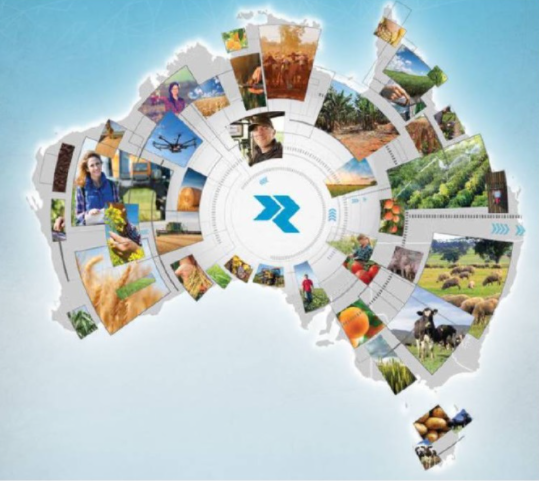Bonus beneficial winter weather may have put a smile on some horticulture producers’ faces, but it’s the uncertainty around labour that continues to shove price predictions around the most, according to Rural Bank’s Australian agriculture mid-year outlook.
The report analyses the performance of six industries – cattle, cropping, dairy, horticulture, sheep, wool and the broader economy, providing predictions for the coming half of the year. A mild summer and good autumn rainfall had held horticultural producers in good stead coming into the second half of the year. These favourable growing conditions have ensured strong production across most of the country while demand for locally grown produce has remained high. But the report couldn’t ignore the need for workers as still something of an uncertain hurdle for production gains. Seasonal labour shortages will be an ongoing issue for horticultural producers, with many growers struggling to fill their labour needs.
However, there are hopes this shortage will ease over the coming months, with the peak harvest period for many major crops now slowing as we head into the winter months. Rural Bank’s report said the revamped Seasonal Worker Program and Pacific Labour Scheme are options for growers, though a lack of accessibility and quarantine restrictions will continue to present issues. Nevertheless, overseas labour over the next six months and into early 2022 is forecast to reach around 70 per cent of pre-COVID-19 levels, which is a significant improvement on present numbers, currently sitting around 30pc, the report said.
The recent announcement of an agriculture visa is likely to mitigate labour issues in the longer-term further. In expectations for fruit, the report paid particular attention to the avocado and citrus industries. Citrus Demand for citrus is patchy with a considerable reduction in exports to China due to extended hold-ups at Chinese ports. However, demand from Japan and the Middle East remains strong, according to Rural Bank. Domestically, there has been a small decline in supermarket citrus purchases which will be a concern for growers ahead of the anticipated increase in production.
Navel orange prices are currently sitting a touch above last season, with values forecast to drop by 10-20 per cent over the next couple of months as additional supply comes to market. Mandarin and lime prices are also forecast to fall throughout the winter months. However, citrus prices should begin to start picking up again around the OctoberNovember period depending upon supply.
Avocados
Avocado demand in Australia has continued to trend upwards, with total consumption rising to 3.88kg per capita. This trend is likely to continue following record low prices and recent industry advertising campaigns launched to ensure domestic interest in avocados remains high. However, domestic avocado prices are already some of the lowest recorded in the last decade. Prices will remain at current levels throughout winter before slowly rising by up to 30 per cent heading into late spring as supply begins to drop off.
Avocado prices remain near all-time lows as new plantings continue to come into production. Prices will begin to normalise heading into August as supply begins to slow. Hass avocado supply is anticipated to increase further over the coming months, with growers expecting the market to move towards oversupply as additional plantings begin to fruit over the past eight years. As a result, the harvest will slow heading into August, seeing supply return to normal levels in late spring.
Vegetables
A bounce-back in the foodservice sector has held vegetable producers in good stead. Domestic demand for onions, broccoli and carrots remain high, given they’re stapled vegetables in both home cooking and the foodservice industry. The strong recovery in the foodservice sector has continued over the past six months.
Foodservice revenue in March 2021 was estimated at $4 billion by the Australian Bureau of Statistics, slightly above the pre-COVID level of $3.9 billion in February 2020, which helped increase demand for these staple vegetables further.
The continued lack of seasonal workers has seen some growers reduce sowing rates, which may adversely impact the supply of labour-intensive vegetables towards the back end of 2021.
Rural Bank’s chief operating officer, Will Rayner, said even when taking the challenges thrown at agriculture as a whole, there was cause for optimism on the outlook for Australian commodities. Market sentiment has improved on early signs of recovery from the impacts of COVID-19 as outbreaks in key export markets slowly come under control, and vaccine distribution rolls out.
Economies globally will continue to emerge from lockdowns of varying degrees, and consumer confidence should rebound, strengthening demand for wool and dairy – commodities that experienced a decline in 2020.
Demand is also strengthening for the horticulture sector, and we are anticipating Australia will produce a winter crop
13 per cent above average, with generally optimistic forecasts for rainfall.






